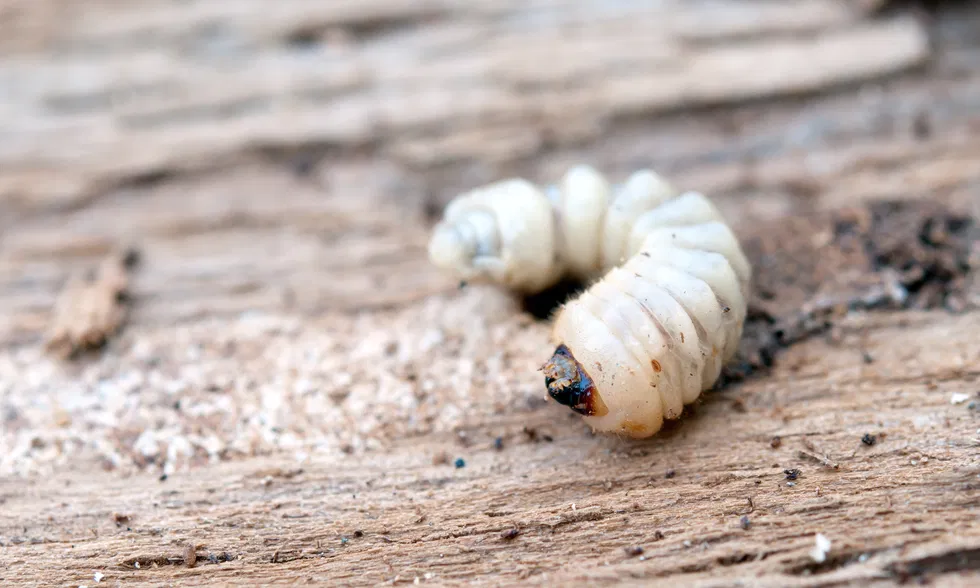Woodworms are one of the most destructive pests that can invade your home, silently damaging wooden structures and furniture. If left unchecked, they can cause significant harm to your property. In this article, we will explore what woodworms are, how to identify them, and effective methods to prevent and treat these pests. For detailed insights and expert pest control solutions, visit Woodworms, your trusted source for professional treatment options.
What Are Woodworms?
Woodworms are the larvae of wood-boring beetles that feed on wood. The term “woodworm” refers to a variety of beetles whose larvae tunnel through wooden surfaces, causing them to weaken and eventually break apart. Although the adult beetles are visible, it is their larvae that do the most damage by feeding on the wood for several years.
These insects primarily affect wood in older buildings, but they can also infest newer homes if the conditions are right. The larvae burrow deep into wooden beams, flooring, and furniture, leaving tiny exit holes when they emerge as adults.
How to Identify Woodworm Damage
The first step in dealing with a woodworm infestation is to identify the signs of damage. Common signs include:
-
Tiny round exit holes: These holes are often 1-2mm in diameter and are left behind when adult beetles exit the wood.
-
Powdery frass: This is the fine, dust-like material that is expelled by the larvae as they burrow. It can be found around exit holes or near infested wood.
-
Damaged wood: Over time, the wood will become soft and weakened, and it may crumble when touched.
-
Visible beetles: Adult beetles are typically brown or black and can be seen flying around in the warmer months.
Why Are Woodworms a Problem?
Woodworms pose a serious risk to the integrity of your home. They can damage structural beams, flooring, and furniture, which can lead to costly repairs. If the infestation is extensive, it may compromise the safety of the building.
Additionally, the damage caused by woodworms can be difficult to detect early. By the time the signs are noticeable, the infestation may already be advanced.
Preventing Woodworm Infestation
Prevention is always better than cure, and there are several measures you can take to prevent woodworms from infesting your home:
-
Ensure Proper Ventilation: Woodworms thrive in damp, poorly ventilated areas. Ensuring proper airflow in attics, basements, and crawl spaces can help keep the environment unfavorable for these pests.
-
Regular Inspections: Inspect your home regularly for signs of woodworm damage, especially if your home is old. Early detection can help mitigate the problem before it gets out of hand.
-
Treat New Wood: If you’re adding new wood to your home, consider treating it with a wood preservative. This can protect the wood from woodworm infestations in the future.
Treatment for Woodworms
If you already have a woodworm infestation, several treatment options are available to help you eliminate the pests and prevent further damage.
1. Chemical Treatments
Chemical insecticides are one of the most effective ways to treat woodworms. These treatments penetrate the wood, killing the larvae and preventing future infestations. They can be applied to the wood using a brush or sprayed directly onto the surface.
2. Fumigation
In cases of severe infestations, fumigation may be necessary. This method involves sealing the affected area and introducing a gas that kills the larvae and adult beetles. Fumigation is typically used for larger infestations in buildings with extensive woodworm damage.
3. Boric Acid
Boric acid is a natural alternative to chemical treatments. It can be applied to the wood and is effective at killing woodworm larvae. Boric acid is less toxic to humans and pets, making it a safer option for those with children or animals in the home.
4. Professional Help
If you are unable to handle the infestation yourself, it is advisable to call in a professional pest control service. These experts have the tools and knowledge to properly treat woodworm problems and ensure that the infestation is completely eradicated.
How to Repair Woodworm Damage
Once the woodworm infestation has been dealt with, it’s time to repair the damage. For small holes, wood fillers can be used to fill the gaps and restore the wood’s appearance. However, in cases of severe damage, the affected wood may need to be replaced.
If the infestation is extensive, it is best to consult a professional to ensure that the repairs are done correctly and that the structure remains safe.
Conclusion
Woodworms are a common but serious pest that can cause significant damage to your home. Early detection and prevention are key to avoiding costly repairs. If you do experience an infestation, there are several treatment options available to eliminate the pests and repair the damage.
For more information on how to deal with woodworms and other pest-related issues, visit Woodworms, your trusted source for pest control solutions related to woodworms and other home pests.




